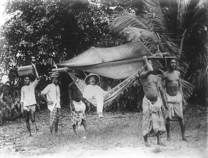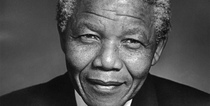The Story
The film of the musical “Diary of a lost Baobab” displays the rich and colorful diversity of African cultures imbedded in a historical review (pre-colonial times, colonial oppression by the Europeans, fight for independence, post-colonial times and Africa today). Beside the daily life, the importance of various African ceremonies, rites, believes and life-forms like marriage, extended-family, death etc. as well as social issues such as apartheid, migration, ethnic conflicts, corruption, slave trade, fight against oppression, etc. will be picked up as the central themes.
The Music-Dance-Theatre „Diary of a lost Baobab“, shows in six chapters Cultural dynamics, social processes of changes, a diversity of cultural life forms and multiple ways of development as well as different problem areas like corruption, civil wars, colonial conflicts, migration, elites interests on power, resources and richness. It demonstrate the relations between Africa and the rest of the world and tries to display perspectives on the development in times of globalization and the future. At the same time, the play will represent different facets of rich and colorful African cultures and art, uncountable social, economic and political life -forms, which lived and live with happiness parallel and unimpressed of the modern life and influence.
The 2nd chapter “African Civilization” shows the life in ancient time. A typical daily routine of African cultures represents the life within family and work, the nature of economy, the social structure and political order, customs, traditions and festivals. Furthermore, examples of African empires like Egypt, Gana, Dogon, Mossi, Ashanti are depicted their daily life as well as conflicts and the handling of pre-colonial African slavery.
The 5th chapter, “Africa Between Tradition and Modernity”, depicts the current situation and daily life in Africa. We catch a glimpse of different social -spheres and circumstances in Africa (extravagant party, Township) and their daily routine and living with their work, problems and concerns of Africans today.
In the 6th chapter: In the high-frequent townships of tradition and modernity, tries the creative youth to reconquers the freedom and respect of the past and their ancestors as well the future for their children and grandchildren…the musical finishes with its climax a concert and dance-performance of modern African music and dance (Coupe de Cale, High Life, Hip Life, Hip Hop, African Techno, Mapouka, Blues, Ray, Afro-Jazz, Afro-Rock etc.).





